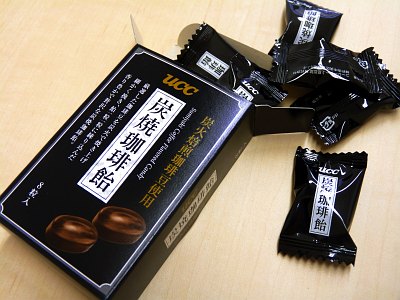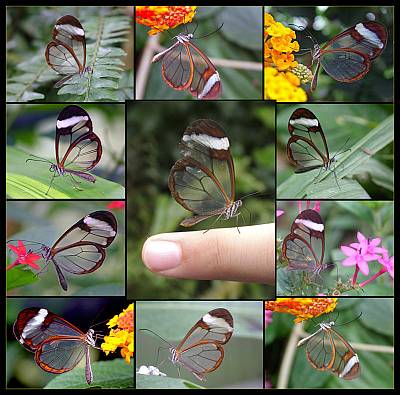Tableware and watches may contain radioactive materials, what should I do?

by
Before uranium and radium were identified as dangerous substances, these substances were widely used as paints and dyes. For this reason, some antique tableware and watches contain radioactive substances. The United States Environmental Protection Agency (EPA) explains what kind of antique contains radioactive material and how to handle it.
Radioactivity in Antiques | RadTown | US EPA
https://www.epa.gov/radtown/radioactivity-antiques
Radium, which was discovered by Pierre Curie and Marie Curie in 1898, is known as a carcinogen that emits radiation, but when it was first discovered, it had the characteristic of 'shining beautifully in a fluorescent color'. It was often used for watches. There are almost no products containing radium in modern times, but some antiques still contain radium.
An example is a watch that glows in the dark without using batteries. The dials of such watches sometimes contain radium and tritium, which also has radioactivity.
Also, until the 1970s, the method of processing pottery using a glaze containing uranium oxide was common, so pottery and cloisonne jewelry may also contain uranium. And it is said that there is a glass called uranium glass (canary glass) that shines in a fluorescent color and it should be remembered when dealing with antiques.
The above antiques may continue to emit very low levels of radiation over the years, if not thousands of years.
◆Clock and dial
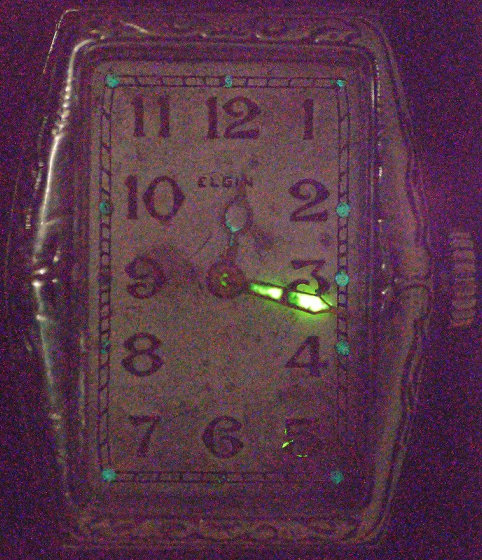
by
A typical example of a product that uses radium is a clock face. Radium has the property that it glows in the dark, so it was used not only for watches but also for airplane dials and instruments. During World War II, airplane pilots were able to use the instruments radiated by radium to light up the cockpit and fly without being noticed by the enemy. As of 2020, substances that do not contain radioactive substances are being used.
Radium emits alpha rays, beta rays, and gamma rays, and radionuclides damage cells when absorbed or swallowed by the human body. At that time, the clock face was handwritten by workers, and the workers licked the brush during the writing process. Since radium acts on the body like calcium, it accumulates in the bones of workers, leading to osteosarcoma in many people. Especially, it seems that there were many osteosarcomas of the jaw. By the 1970s, the use of radium in dials was banned because scientists later found that the cause of the worker's illness was radium ingested by licking the brush.
◆ Pottery
Similar to the dial, until the 1970s it was common to use substances such as uranium, thorium and potassium as glazes for pottery. These substances are known to emit alpha, beta and gamma rays. Glazes containing radioactive substances are used not only for tiles used on floors and walls, but also for coloring cloisonne jewelry in orange, yellow, and green. The famous American tableware brand ' Fiesta ' is also known for producing tableware using uranium until 1973.
In the picture below you can see that the Geiger counter, which is aiming for radiation, is reacting.
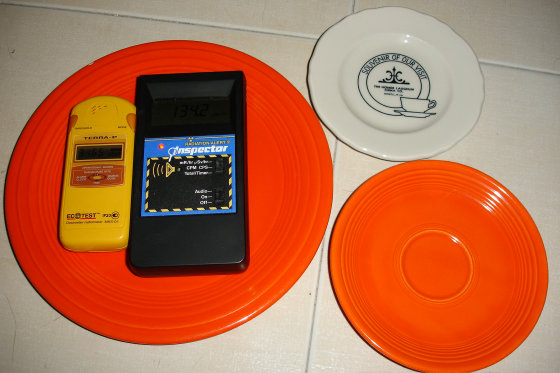
by
◆Glass
The glass called uranium glass or canary glass was once made by craftsmen. This is a tableware that uses glass mixed with a small amount of uranium, and is characterized by vivid yellow and yellowish green. These glasses glow bright when exposed to UV light.
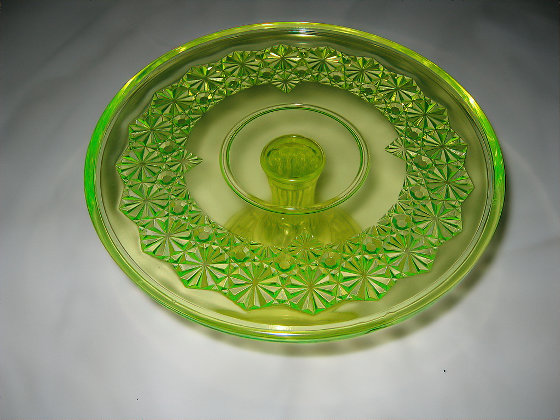
Uranium glass was manufactured by American glass makers around the 1970s. However, some of the world still manufactures uranium glass, and uranium glass from those countries may be imported into the United States. In Japan, there are uranium glass specialty stores, and antiques are sold online.
Below are beads made of uranium glass. At first glance, these beads are normal, but...
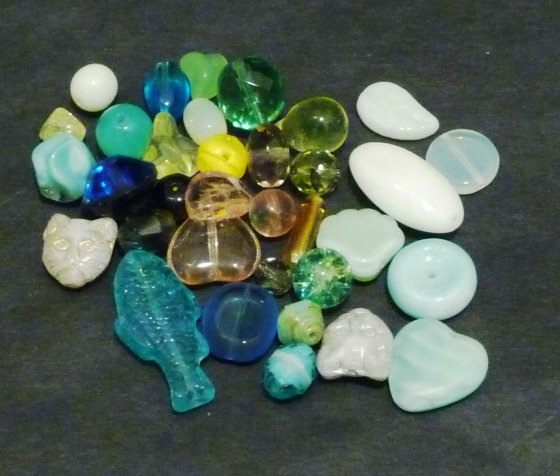
This also shines brightly when exposed to UV light.
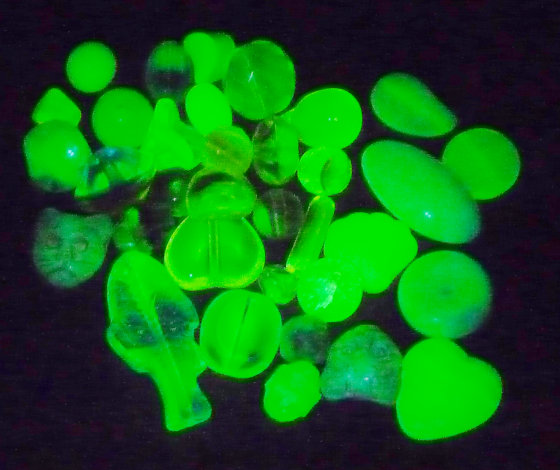
Basically, antiques like the ones above are not dangerous, and you can display them in a shelf without any problems. However, there is a call for not disassembling antique watches made of radium, not using uranium glaze-based pottery or uranium glass to provide food, and promptly disposing of broken antiques. When using tableware such as uranium glass, there is a risk that radium will be taken into the body when the fragments are mixed with food. In addition, when disposing of radioactive antiques, it is recommended that you contact a local radioactive substance control organization or organization to take appropriate disposal methods. In Japan, detailed information can be found on the Nuclear Regulatory Commission page.
If you find radioactive material that is not under control | NRA
https://www.nsr.go.jp/nra/gaiyou/panflet/houshasen.html

Related Posts:
in Note, Posted by darkhorse_log




